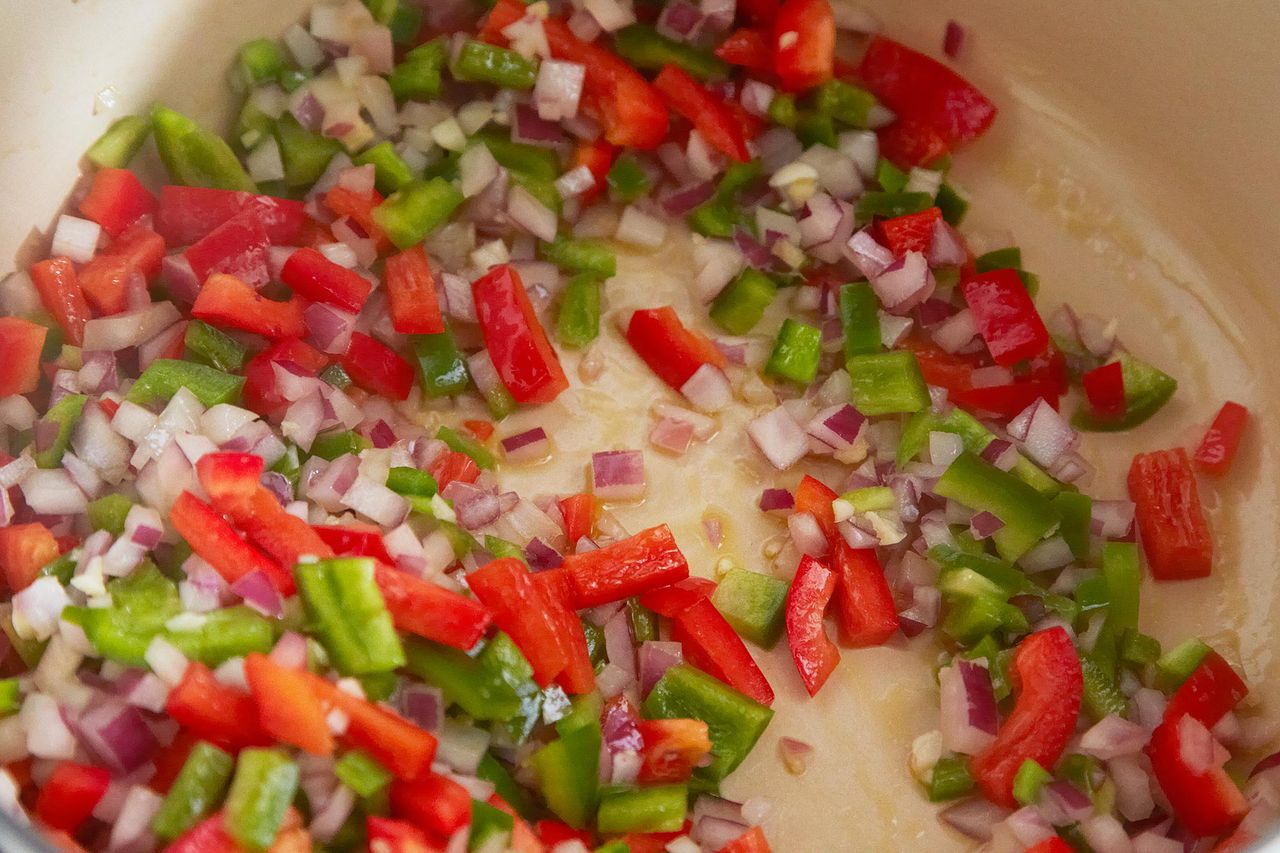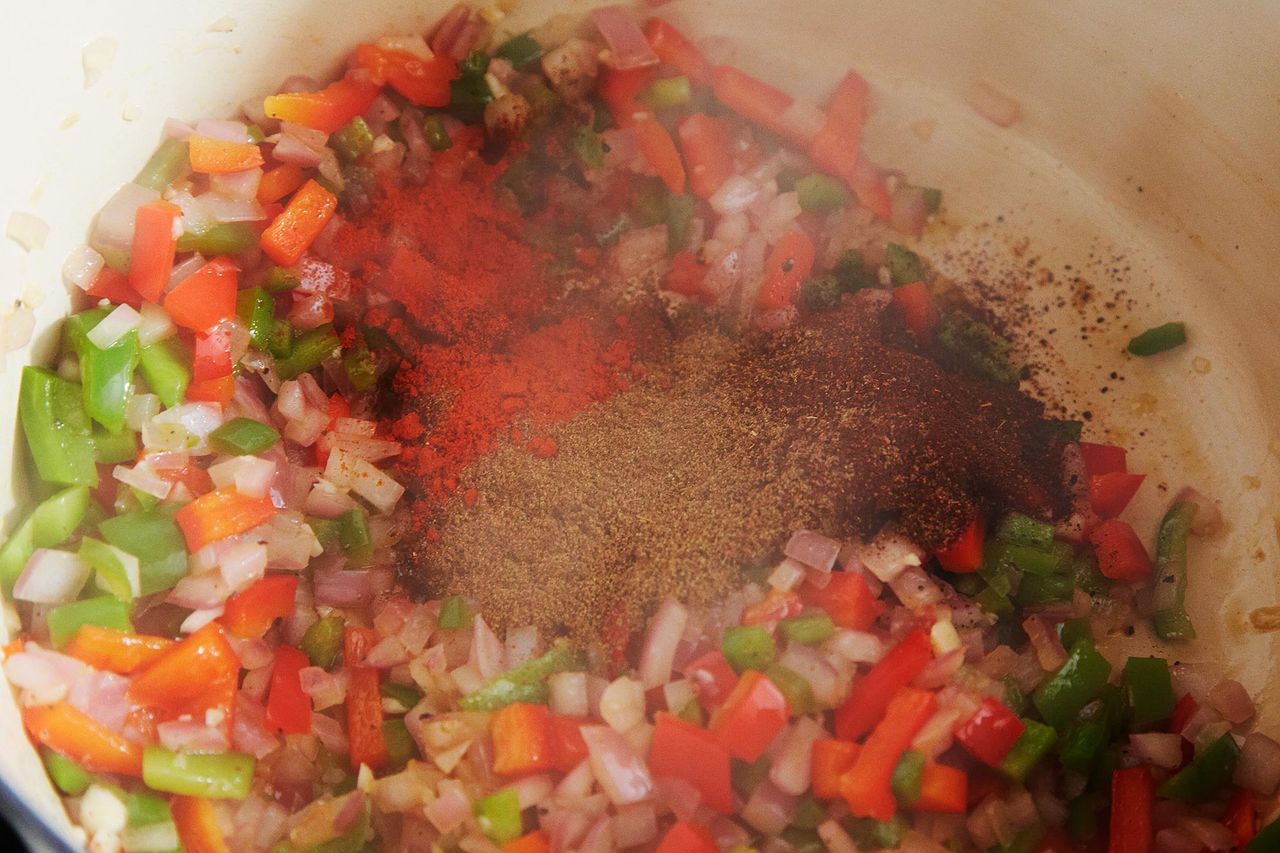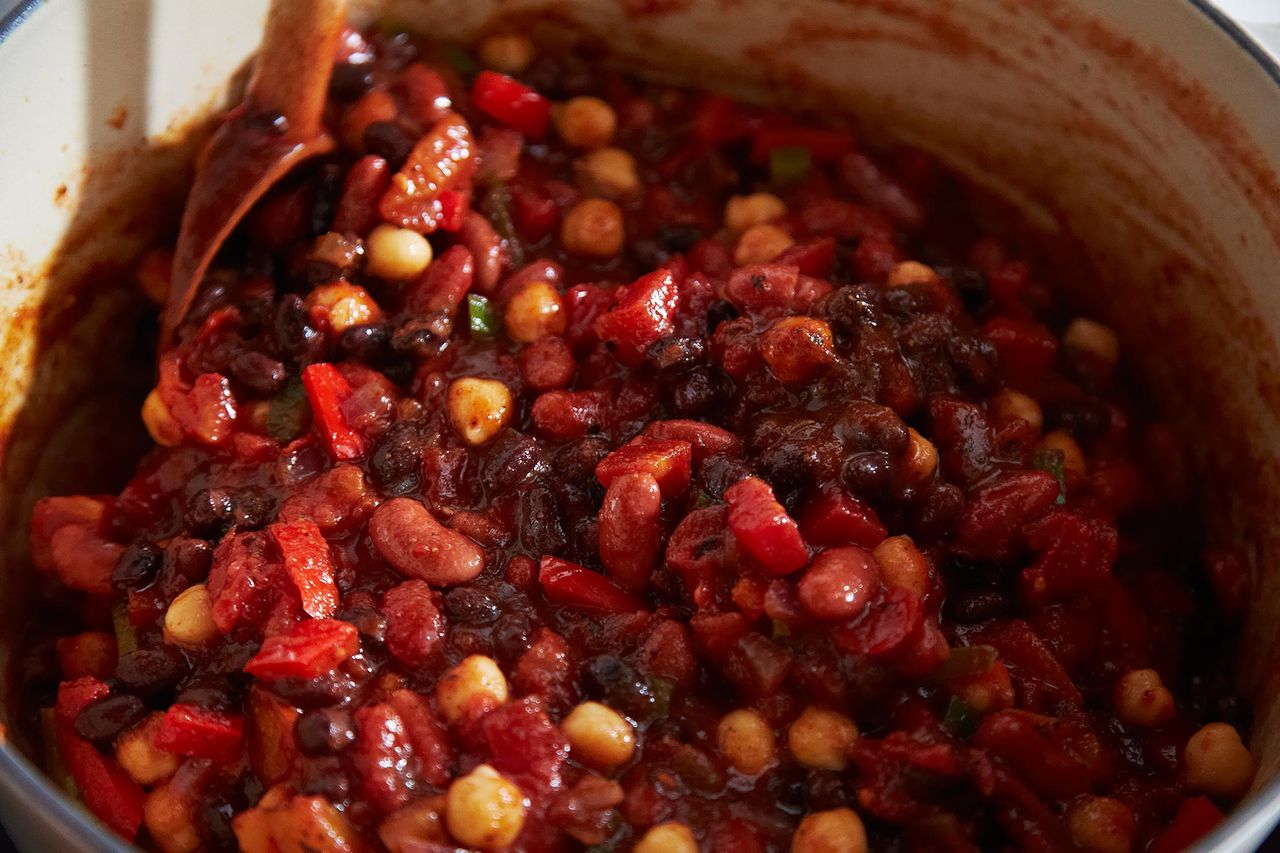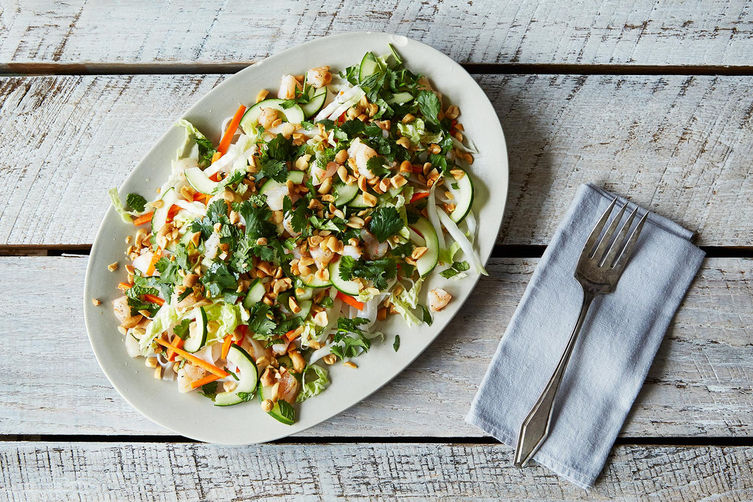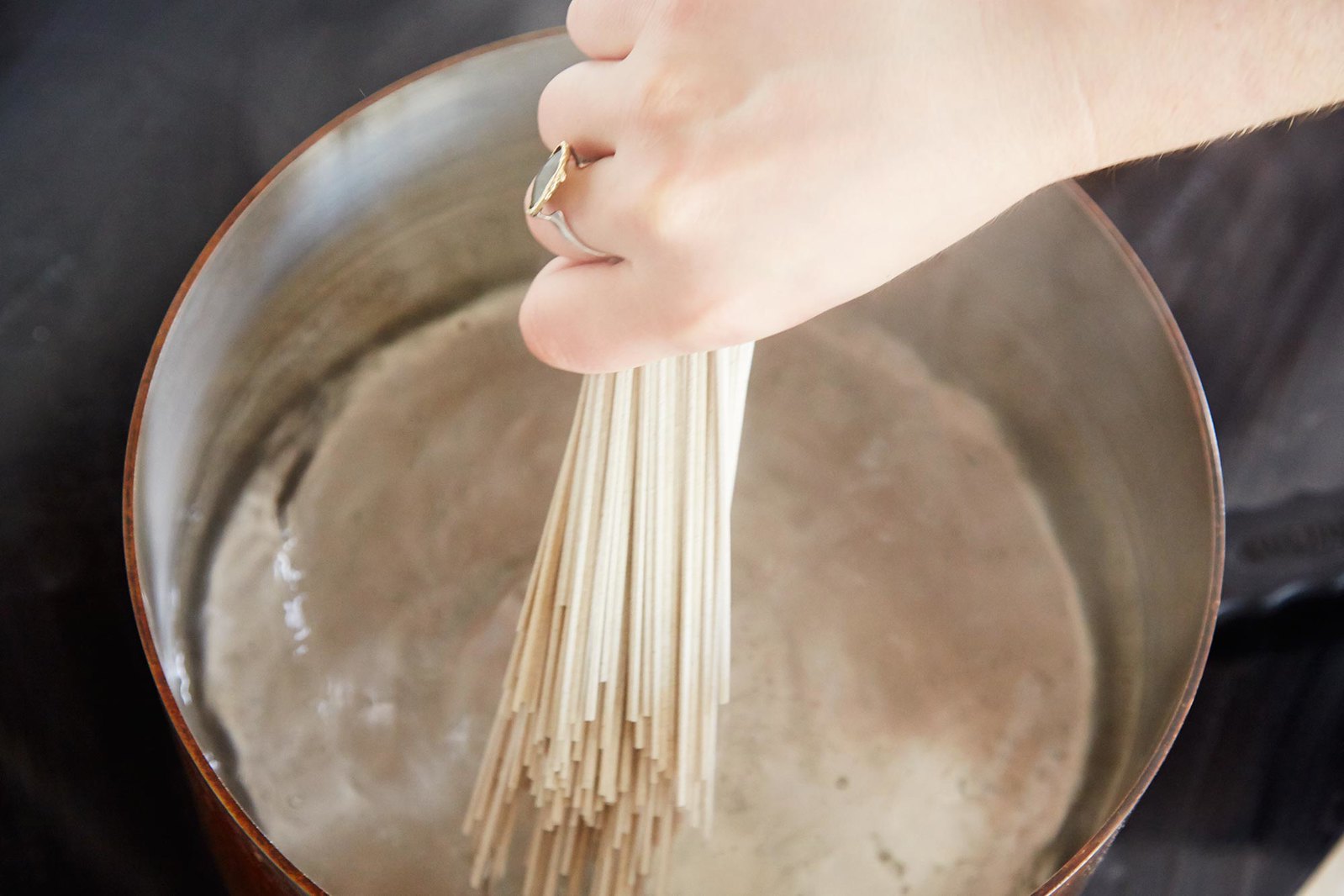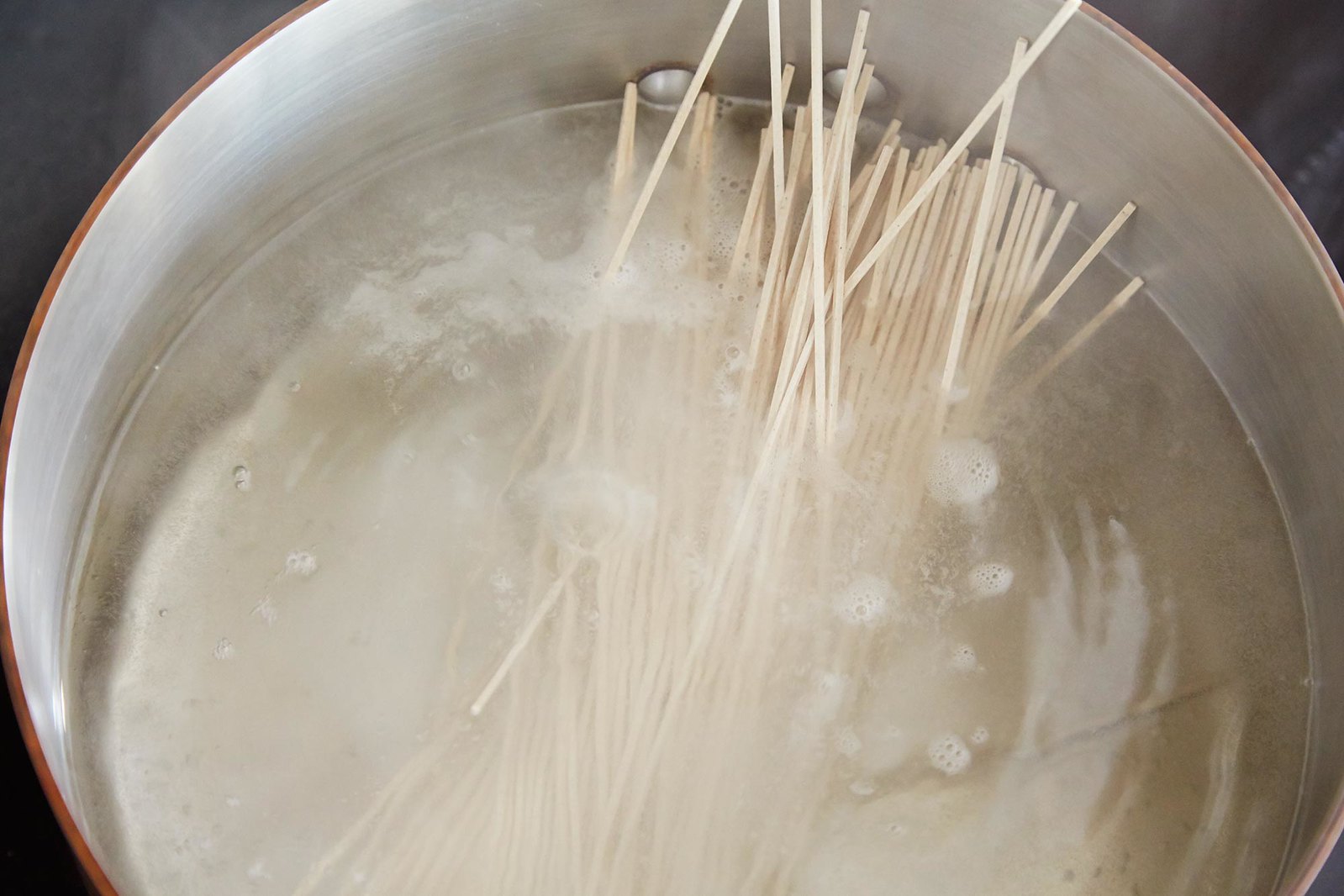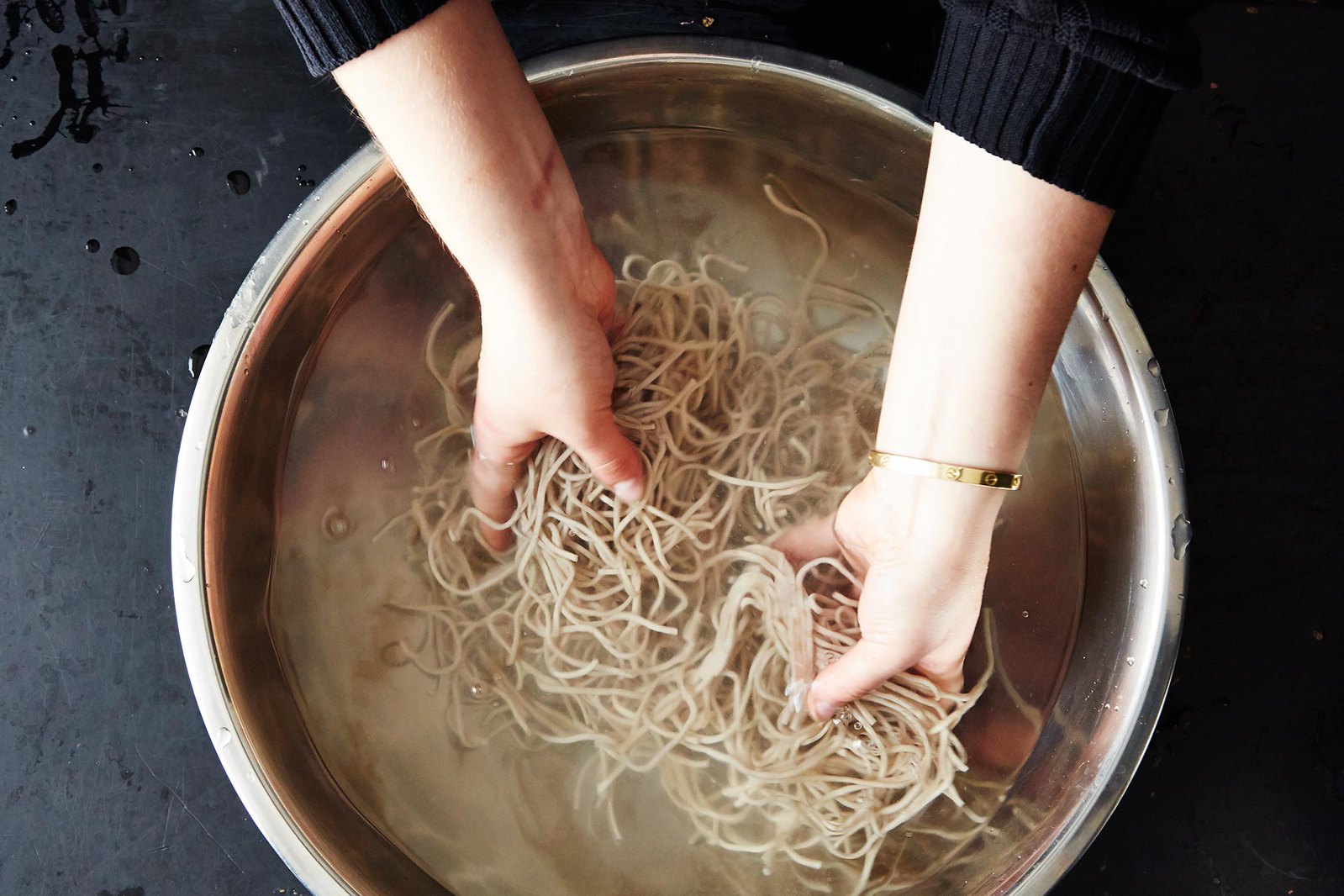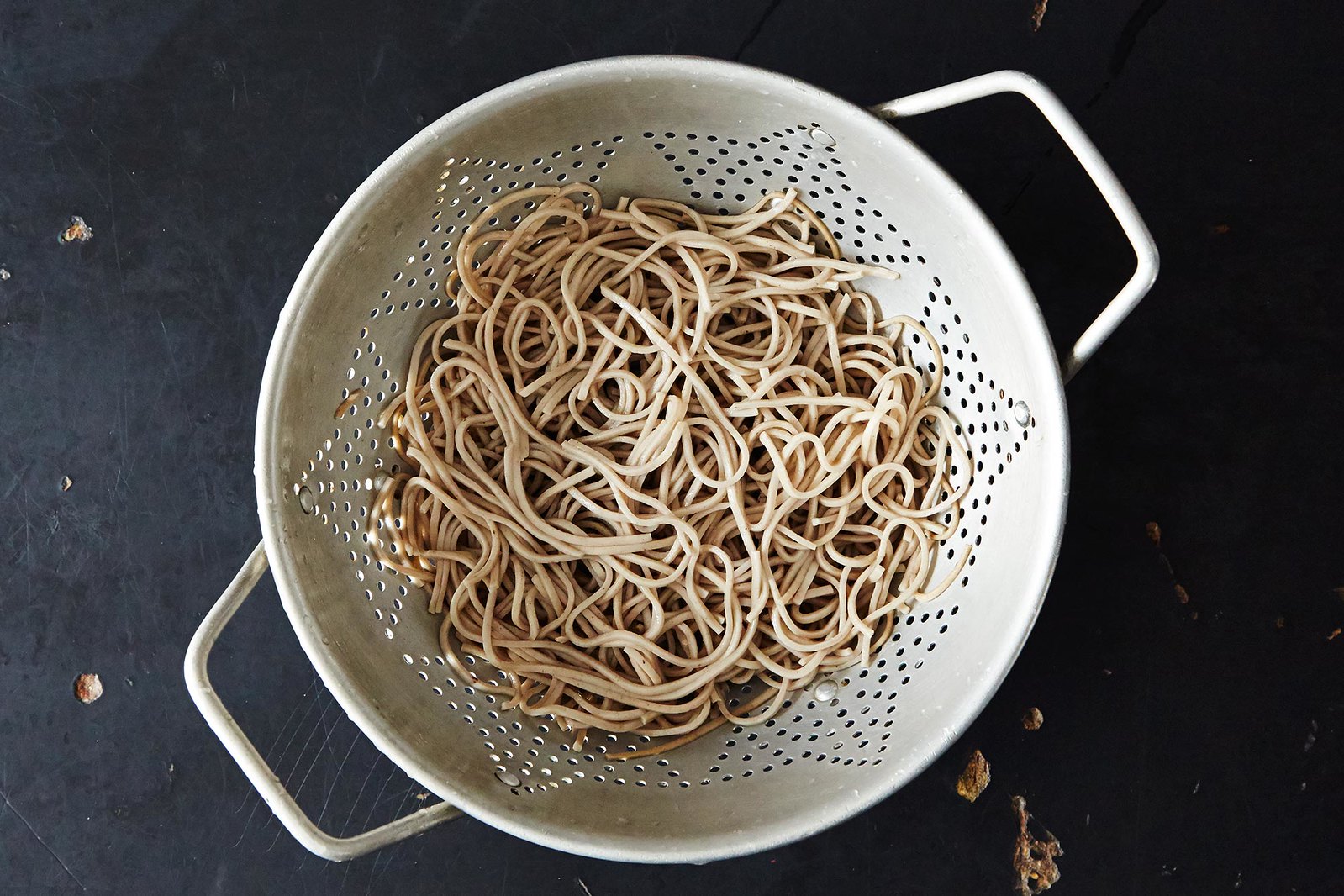From
Chicago Tribune.
Yo
u don't need to know how to pronounce mirepoix or suppengruen. You just need to know that a mouthwatering dish, no matter what the cuisine, no matter what the regional influence, is built upon a great flavor base.
Such mixtures of chopped vegetables play a crucial role in many stews, braises, soups and sauces. In France, it may be carrots, onions and celery for a mirepoix. In Italy, the ingredients may be similar (or not) for a soffritto. Same is true in Spain and Latin America, where peppers might show up in their version, spelled sofrito. In Germany, leek or celeriac may be part of a suppengruen. And if you ask Cajuns about making etouffee or gumbo, expect them to cite the importance of the holy trinity of onion, celery and sweet peppers.
"There are a lot of dishes that are the same except for changes to the base," says Jack Bishop, editorial director for America's Test Kitchen. "If you are making a Provencal seafood stew, and you're using leeks and adding some saffron, you end up with something very different than if you've got carrot, celery and onion in the base.
"Hungarian. North African. Spanish. There are a lot of similarities in how you go about building those things," he adds, "(but) you're using harissa in one cuisine and paprika in another. In one, bay leaf makes sense."
How can a bunch of chopped-up vegetables be so important? "Those changes often give as much personality to the final dish as the sort of more apparent things," Bishop says.
Shrimp and mussels in a seafood stew or melt-in-your-mouth beef in a braise may shine as the stars of a favorite dish. But it's the savvy cook who understands that it's those vegetables, strategically combined and carefully cooked, that are key to the flavor of the finished dish.
That there are so many flavor bases is not surprising when you factor in regional influences, ingredients availability and cooking methods.
At America's Test Kitchen outside Boston, home to TV shows and cookbooks, the vegetables used in flavor bases are simply called aromatics or aromatic vegetables. Bishop divides those into two camps: "subtle flavor boosters" and "in-your-face flavor boosters." How those ingredients are cooked and when they are added to the pot involves a two-step process that softens them and coaxes out flavor "because part of the job of these things is to disappear largely."
Subtle flavor boosters are the "slow-cooking things that go in at the beginning … that can really cook for a while. Everything in the onion family, leeks, different types of onions, (plus) carrots, celery, bell peppers," Bishop says. "They're sturdy enough that they can be sauteed without risk of burning, or they can be sweated."
When they are sauteed over moderate heat, you'll get "a bit of flavor from browning as well as the concentrating, the release of the juices and the breaking down of the cell walls."
If you put a lid on the pan, you'll sweat them: "You're really concentrating the flavors but not adding any of the flavors that come from browning."
Bishop also adds a little salt early on. "Salt is going to help in the breaking down, cushioning a little bit against burning because you're going to get a little bit of liquid coming out the vegetables, plus it's going to help with the early seasoning."
Once the subtle aromatics are cooked, the in-your-face flavor boosters — i.e., garlic, ginger, tomato paste — are added.
"These are, in some ways, more prone to burning and scorching," he says. "It's also the best time to add ground spices." Adding spices to hot fat allows them to bloom, releasing some of their flavor compounds. Since many spice compounds are soluble in fat rather than water, it's important to add them to the pot before adding liquids like broth or wine.
All these bases are best cooked at medium or medium-low, Bishop says. So be patient. If you pump up the heat to rush the process, you'll burn your base.
Once you've built a great flavor base, then you can add your own signature. For as our Cajun friend notes, after you've built that flavor base: "Then I want to taste your kitchen."
Now it's your turn. Oh, and if you're wondering, mirepoix is pronounced meer-PWAH.
3 to get you started
Flavor bases vary by country and region, but here are some basic formulas.
Mirepoix: Combine equal parts finely diced carrot, onion and celery. Cook gently in butter. After several minutes, add thyme. Cook until vegetables are tender, not browned.
Soffritto: Combine equal parts finely chopped onion, carrot and celery (or fennel). Cook gently in olive oil. When onion's translucent, add some finely minced garlic. Cook until garlic is golden.
Sofrito: Combine equal parts finely chopped onion and bell pepper. Cook gently in olive oil. Add finely minced garlic and, depending on the dish, tomatoes.
Keys to building flavor
From Jack Bishop, editorial director for America's Test Kitchen.
Do stir: "Don't just throw everything in and walk away. You don't have to stir constantly, but give it an occasional stir. Be ready to adjust the heat if you feel it's going too slowly or too quickly."
Don't toss everything in at once: "Think about things that really are going to benefit from more time and those that are going to benefit with less time in the pot."
Take care: "Be careful with the carrots and the celery. Celery can get very grassy and a little bitter. That can be a good thing depending on what else is coming, or it can be a bit much. And carrots can get very, very sweet." That's OK if there's some heat or acidity for balance.
Saute or sweat: Depends on the dish. "The flavor's different. You've got a sort of more pure vegetable without all those sort of Maillard reactions, browning, caramelization. … Or maybe the dish is lacking if you don't brown those vegetables. It depends on what is coming later."
Size matters: Similarly sized pieces (of onion, carrot, celery, leek) will cook in about the same time. "You don't want to put in 1-inch pieces of celery and grated onion at the same time — that's probably not going to work."
Put the bases to use
A good example of the two-step process of building flavor involves a classic beef stew from America's Test Kitchen. Once the meat is browned and out of the pot, building the flavor base begins: "It starts with onions and carrots, which are left a fairly decent size. They go into the pot first," says Jack Bishop, editorial director for America's Test Kitchen. Garlic, anchovies and tomato paste follow in the second step.
The role of the onion-carrot flavor base that goes in at the very beginning, he notes, is very different from that of the pearl onions and peas that go in at the very end.
Consider the roles that subtle and in-your-face aromatics play in flavor bases in a recipe for braised cod peperonata from "Cooking for Two" (America's Test Kitchen). Two skinless cod fillets (or halibut, tilapia, monkfish or sea bass) are patted dry, then salted and peppered. Then the cook's attention moves to the flavor base: Red bell pepper strips, thinly sliced onion, paprika, salt and olive oil are cooked 8 to 10 minutes to soften and brown. A couple of minced garlic cloves and fresh thyme are added, plus some canned diced tomatoes, drained, and white wine. When the mixture simmers, the fillets are nestled in the pan, sauce spooned over, heat reduced to medium-low and the fish cooked until it flakes. Chopped fresh basil and sherry vinegar finishes it.
Bishop's culinary twists? Change the onions to leeks, omitting the peppers and upping the leeks. He'd add saffron rather than paprika, and in the second stage add some orange zest with the thyme (or change to bay leaf). "You would have a Provencal dish."
Copyright © 2014, Chicago Tribune
From
FussylittleBlog
Different cuisines have their signature combination of aromatic vegetables.
In Italy a soffrito is usually onions, garlic and celery or carrot.
In Spain a sofrito is onions, green pepper and garlic.
In France a mirepoix is carrots, onions and celery.
In New Orleans the holy trinity is green peppers, onions and celery.
First you heat the oil. Okay, really first you heat the pan. Then when the pan is hot, you add the oil, and when the oil is hot, then you add the aromatic vegetables. Marcella argues for adding them one at a time depending upon their cooking times. In her world,
onions go first, followed by garlic, and then the celery or carrot. An attempt to cook all the aromatics simultaneously would result in either undercooked onions (they would fail to reach their translucent stage) or overcooked garlic (picking up a golden color and assertive flavor that would dominate the final dish).
I should also mention here that it is critical to salt as you go.
Salt helps break down the cellular walls of your vegetables, which allows their flavors to meld. Without salt you won’t have a soffrito but rather just some sautéed vegetables. Remember, salt doesn’t just make things salty. Salt helps the natural flavors of your food come through. It’s over-salting food that makes it taste salty. You have to keep tasting your food as you cook to keep your salt level in check.
Congratulations, your aromatics are softened and you have a flavor base! Now let’s build. Find some ground spices (coriander, cumin, paprika, black pepper, cinnamon, ginger, etc.) and hearty dried herbs (rosemary, oregano, marjoram, etc.) that sound appealing to you. Delicate dried herbs like basil and parsley and their fresh counterparts will have to wait their turn. Create your custom spice blend and cook it into the flavor base over medium-high to high heat. You’ll smell those spices becoming more aromatic, and when your soup is done the spices won’t taste raw. Instead of having soup with spices in it, you’ll have made a deeply flavored soup.
Now what kind of soup is it? Take the hearty main ingredient, be it beans, carrots, potatoes, or winter squash, and add it to the flavor base and mix it up. While the pot is on the heat, and before putting any liquid in the pot, make sure your main ingredient gets slathered in a layer of your well-spiced flavor base.
Finally it’s time to add the liquid, bring to a boil and then lower the heat to a simmer. Mind you, the liquid can be water, broth or stock. You can add a rind of Parmigiano-Reggiano, a ham hock, a bay leaf, or even some roasted veal bones for added flavor.
More delicate ingredients like parsley, celery, basil, spinach, or cilantro come in at the very end, otherwise they will end up tasting stewed and slimy.
Leave the soup chunky and brothy, put a couple of cups in a blender and return them to the pot to add some body, or puree the whole thing until it’s silky smooth. Enrich the soup with some cream or a can of coconut milk if you like. Just remember before you serve your creation to taste it and add more salt and pepper if needed.
Now marvel at the depth of flavor in the bowl before you.
It’s not much harder than just throwing stuff in a pot. It just takes a bit more mindfulness. But it pays off. I promise.
